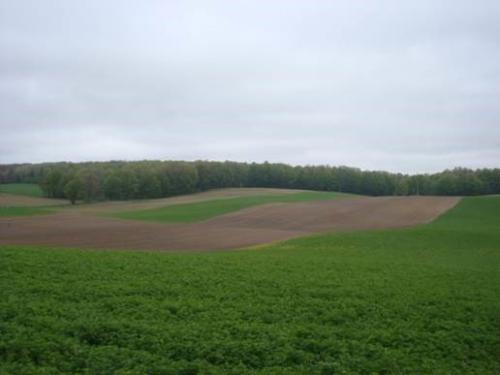Two BMPs are better than one
How to boost the effectiveness of your farm’s nutrient management.

Practices that control site runoff are chosen because they benefit farm business and the environment. According to Michigan State University Extension best management practices (BMPs) reduce pollution by three main mechanisms: 1) lowering inputs through nutrient and pesticide management and erosion controls, 2) filtering pollutants out before they reach waterbodies, through filter strips or other living plant barriers, and 3) remediation through chemical and biochemical processes.
By selecting one BMP from two of the three categories above, the benefits can be magnified. An example would be a cover crop, category 2, combined with nutrient management, category 1. Together they reduce the transport and the concentration of nutrients leaving the field.
Cover Crops
According to Midwest Cover Crops Council cover crops are plants seeded into agricultural fields, either within or outside of the regular growing season, with the primary purpose of improving or maintaining soil health. Cover crops are a great tool that farmers can use to minimize soil movement off of field. Some of the other benefits include reducing soil compaction, reducing pests, increasing soil porosity and infiltration. Ohio State University discovered that cover crops may reduce nutrient and pesticide runoff by 50 percent or more, decrease soil erosion by 90 percent, reduce sediment loading by 75 percent and reduce pathogen loading by 60 percent.
If your aim is to address water quality concerns you should select cover crop species for their ability to take up large amounts of nutrients from the rooting profile of the soil. The Midwest Cover Crop Council provides a tool for selecting what cover crop will be best for your farm.

Alternating strips of two cover crops, wheat and alfalfa. Photo credit, Linda Ortiz.
Nutrient Management
Nutrient management is the practice of using nutrients wisely for optimum economic benefit, while minimizing losses of nutrients off the farm. The 4Rs is an example of nutrient management: right fertilizer source, at the right rate, at the right time, and in the right place. Plant nutrients, which come primarily from chemical fertilizers, manure, and in some cases sewage sludge, are essential for crop production. As a BMP, nutrient management includes field-specific information on soil type and slope, crop rotations, residual nutrients, and considers other manure and commercial fertilizers when accounting for inputs. Because the plan includes all these elements, it is an essential tool for minimizing the risk of contaminating ground and surface waters due to runoff or leaching.

Nutrient management accounts for all sources of fertilizer including manure. Photo Credit: Linda Ortiz
You can reduce the cost of BMPs by signing up for incentive programs in your area. For example, two areas with persistent nutrient impacts on the Great Lakes are the Saginaw Basin and the Western Lake Erie Basin. The Great Lakes Restoration Initiative and the 2014 Farm Bill provide funds extra funds for farmers in these watersheds for soil testing, doing nutrient management plans, installing BMPs and for the expected water quality benefits that result. Your local Conservation District and USDA Service Center are excellent resources for learning what is available in your watershed.



 Print
Print Email
Email
